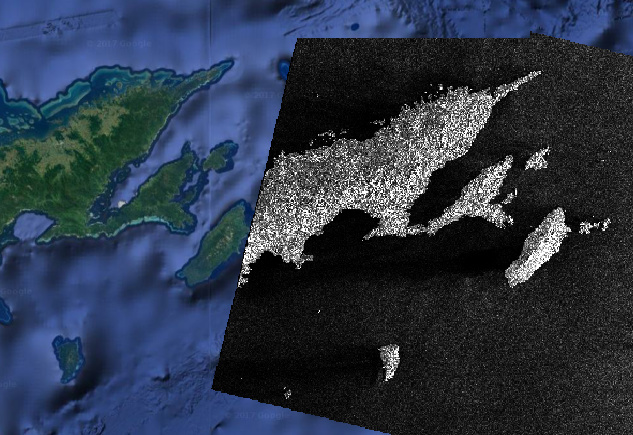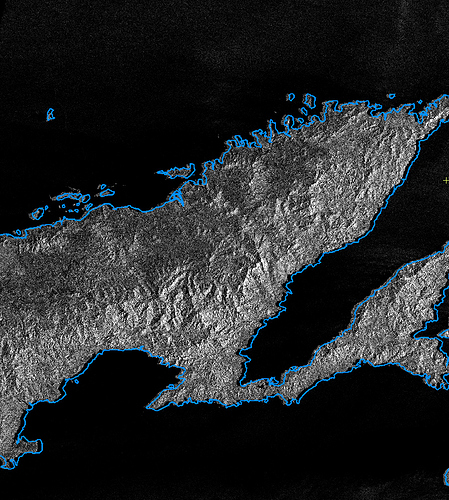I have tested various subsets of my processing graph using SNAP 7.0, on one degree geocell s17e179 with S1A_IW_GRDH_1SDV_20170719T173155_20170719T173224_017543_01D56F_DCD0.

Terrain-Flattening alone is ~15% complete after a day on our 72 core, 768 GB server. Process has used 25K minutes CPU and sits at +550 GB of memory usage. As mentioned previously, TF may be processing the entire circumference of the globe.

Terrain-Correction alone completes in an acceptable 10-30 minutes depending on parameters. Results are correctly orthocorrected for topography, but the files do not have correct georeferencing. Processing time without subset to the geocell: 28 minutes with a 20m DEM covering just s17e179, or 19 minutes using SRTM download:

Processing time with the subset to POLYGON(( 178.9955983 -15.9955983, 179.8998424 -15.9955983, 179.8998424 -17.0038673, 178.9955983 -17.0038673, 178.9955983 -15.9955983)),
is 10 minutes using a 20m DEM covering the same polygon. The polygon and DEM are slightly larger than the s17e179 geocell, but are purposely clipped back from the antimeridian, to avoid any crossing issues:

The failure in the georeferencing is that both the full image and subset have Western hemisphere coordinates with the left edge of the images, incorrectly, on the antimeridian. The full image appears to have the correct northing, but the subset coincidentally(?) has same upper corner as the full image: (-180.0000000, -15.6857078). Both are shown here in the Western hemisphere, overlaid in a viewer, with the antimeridian annotated:
Measuring a single tie point identified a 1.355559 degrees west (no shift in Latitude) for the full image. Shifting the georeferencing results in the image registering with a global border polygon. Use of file georeference coordinates in either hemisphere (left = 178.6444083 or -181.355559) appears to work for most image processing or GIS packages. Eastern hemisphere image shown:
Setting the subset file georeferencing to the subset polygon that was used, results in ~close alignment with a global border polygon:
Similar issues affect Eastern hemisphere geocells in eastern Russia (ie. Northern hemisphere also). This issue possibly affects any image touching/crossing the antimeridian. Additional testing will need to be conducted for Western hemisphere processing.
This has been an issue for a while. Can someone please take a look? I will run some additional tests. @jun_lu










